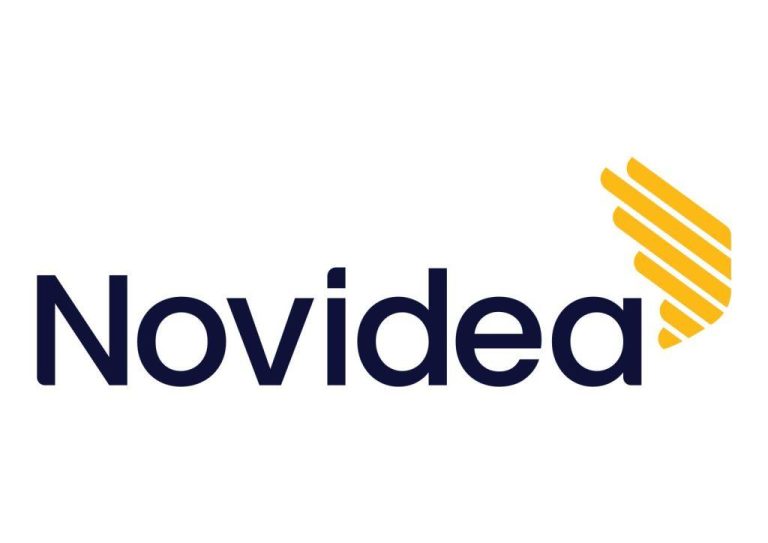
“Invest in what you know.” That timeless advice from Peter Lynch, the legendary manager of the Fidelity Magellan Fund has stuck with many investors like me for years.
And it should.
After all, he’s the one who delivered an average annual return of 29%. This simply came from asking us to look around. What are you using every day? Where do you spend your money? Chances are, the companies behind those products and services are worth a closer look.
For me, that meant Apple (I’m writing this on a Mac), Netflix (hello, Bridgerton) and Amazon (there’s the doorbell now). But like many, I used to think investing meant coughing up hundreds, if not thousands, of dollars. Then this week, Questrade rolled out fractional shares. Suddenly, Lynch’s advice felt more attainable than ever.
What is fractional investing and why should you care?
Fractional investing lets you buy a portion of a stock, not the whole thing. Think of it like buying a single slice of pizza instead of the entire pie. If one share of Apple, for instance, costs $250, you can invest $10 and get 1/25 of a share. This allows you to still get a piece of a publicly traded company.
This is a significant development because it drastically lowers the barrier to entry for new investors. Now, with just a few dollars and a brokerage account, you can dip your toe into the stock market, without the pressure of needing a large initial investment. Thus fitting in to Questrade’s low-cost, DIY investing strategy.
Other Canadian options
Questrade isn’t the only player in the Canadian fractional share space. Wealthsimple has been offering fractional shares for some time now, and their platform is known for its intuitive user interface and commission-free trading.
TD Easy Trade also provides fractional share trading, although it’s currently limited to select stocks and Exchange Traded Funds (ETFs) available through the mobile app.
Each platform has its own strengths. Questrade provides a wider selection of stocks and more control over your trading decisions. Wealthsimple stands out for its simplicity and lack of trading fees. TD Easy Trade offers convenience for those who already bank with TD.
Before diving in, it’s worth considering a couple of potential drawbacks of fractional investing. Firstly, fractional shares typically cannot be transferred between different brokerage accounts. Secondly, while you own a portion of the company, you won’t receive shareholder voting rights unless you own a full share. However, for most beginners focused on long-term growth, these are often minor trade-offs compared to the benefit of being able to start investing with a small amount of money.
Alternatively, consider ETFs
If you like the idea of owning Apple, Amazon and Netflix, but also want broader exposure and diversification, ETFs are another excellent option. Think of an ETF as a basket of stocks that tracks a specific index or sector. Many popular ETFs hold shares of the very companies you’re interested in, allowing you to own a piece of them indirectly for a relatively low cost.
Related: How to invest in ETFs
For example, the Vanguard S&P 500 ETF (VOO) is a classic and widely popular choice. It includes the companies we’ve been discussing, along with the other top 500 US companies. As of writing, it has delivered an average annual return of approximately 18.6% over the past five years and boasts a very low Management Expense Ratio (MER) of just 0.03%.
Another strong contender is the iShares Core S&P US Total Market ETF (XUU). This ETF offers even broader diversification by including not just large-cap companies, but also mid- and small-cap stocks in the U.S. market. Its five-year average annual return as of writing is 18.3%, with an equally low MER of 0.03%.
For those particularly interested in the technology sector, the BMO Nasdaq 100 Equity ETF (ZQQ) could be a good fit. It focuses on the 100 largest non-financial companies listed on the Nasdaq. As of writing, it has shown an impressive average annual return of about 18.1% over the past five years, although its MER is slightly higher at 0.39%.
Related: Best ETFs in Canada
The best time to start is now
There’s a well-known saying in the world of investing: “The best time to start was 20 years ago. The second-best time is today.” This sentiment rings especially true now that options like fractional shares and low-cost ETFs have made investing more accessible than ever before.
Whether you decide to start with $10 in fractional shares of a company whose products you love or opt for the broader diversification of an ETF, the most crucial step is simply to get started. Don’t let the misconception that you need a lot of money hold you back any longer.
Sources
1. Questrade: Fractional Shares
2. Wealthsimple: Understanding fractional orders
3. TD Easy Trade: Partial shares through TD Easy Trade
4. Vanguard: Vanguard S&P 500 ETF
5. BlackRock: iShares Core S&P U.S. Total Market Index ETF
6. BMO: ZNQ – BMO NASDAQ 100 Equity Index ETF
This article provides information only and should not be construed as advice. It is provided without warranty of any kind.


